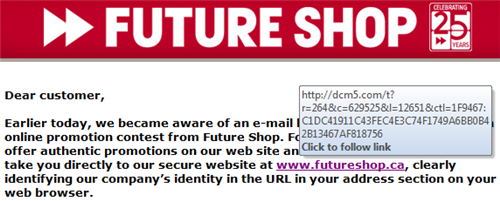I received a phone call yesterday where the caller said he was from the Royal Bank of Canada (the bank I use) and they had a customer survey for me. I had a million things to do, but I asked how long it would take – I could spare a couple of minutes. He said the survey would take 10 to 13 minutes on average. I asked if there was some sort of incentive for doing the survey (maybe a month of no-fee banking?) and he sheepishly said no. I politely said that my time was worth something and declined to answer the survey. He seemed stunned that I wasn’t willing to give up 15 minutes of my time (I tend to be rather…expressive when asked for my opinion) for nothing. I suspect that the majority of the people they get to answer these surveys are the kind of people who feel special when asked for their opinion – which would typically be the kind of person who’s not in any sort of leadership position at work or home life. I’d say even your average frazzled home-based mom with kids wouldn’t want to give up 15 minutes for no good reason. So who are the people who the Royal Bank is going to get their results from? Not a good cross-section of their customer base, that’s for sure.
If you’re doing a phone survey without any perks for the person answering the questions, it should be a short, under-two-minutes survey. If you want someone to give up 15 minutes of their time, give them something…ANYTHING…to make it worth their while.


